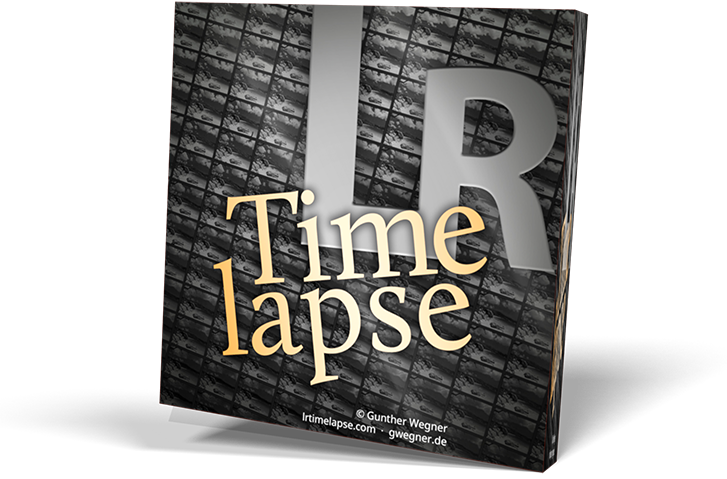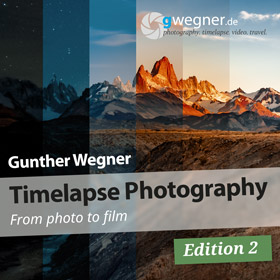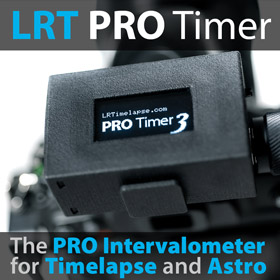Posts: 1
Threads: 1
Joined: Feb 2013
Hi.
I use a lot lrtimelapse with 2 pass.
First one putting all my holygrail keyframe, and correcting exposure and basic tweaking of photos. Then when all my exposure are matched. I go back to Lrtimelapse, delete all key frame and only put some keyframe where I need, basicaly, when light change. I go back to lightroom and can tweak White balance and other setting and have a nice transition over time without having to deal with 10 or 20 holygrall key frame.
I have nice result with that method, but i can' touch the exposure in the 2nd pass because of the exposure change at holygrail frame.
My thought is to save the exposure collum after the 1st pass, tweak exposure in LightRoom on a few keyframe. When you reload in LRtimelapse, take the difference between the first exposure pass and the second at keyframes, smooth this new value with transition and adding them back to the first exposure.
That way we can correct the exposure change in first pass and adding smooth exposure transition with the second
I hope I've been clean enough.
I use a lot lrtimelapse with 2 pass.
First one putting all my holygrail keyframe, and correcting exposure and basic tweaking of photos. Then when all my exposure are matched. I go back to Lrtimelapse, delete all key frame and only put some keyframe where I need, basicaly, when light change. I go back to lightroom and can tweak White balance and other setting and have a nice transition over time without having to deal with 10 or 20 holygrall key frame.
I have nice result with that method, but i can' touch the exposure in the 2nd pass because of the exposure change at holygrail frame.
My thought is to save the exposure collum after the 1st pass, tweak exposure in LightRoom on a few keyframe. When you reload in LRtimelapse, take the difference between the first exposure pass and the second at keyframes, smooth this new value with transition and adding them back to the first exposure.
That way we can correct the exposure change in first pass and adding smooth exposure transition with the second
I hope I've been clean enough.




